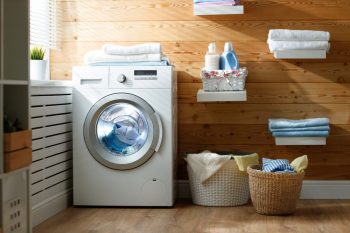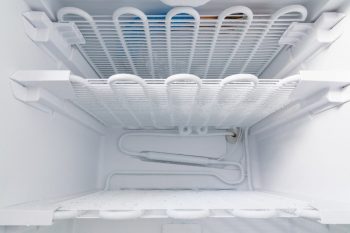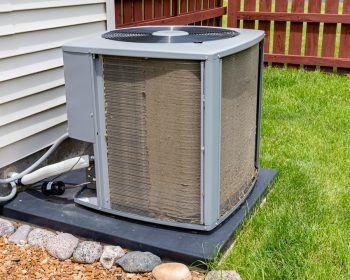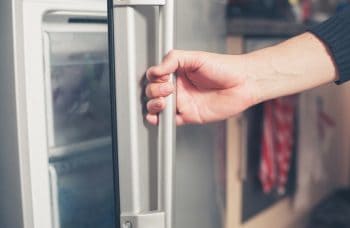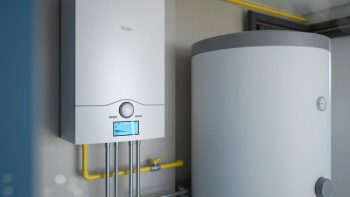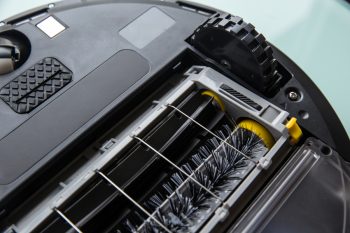
When your air conditioner suddenly flashes the E1 error code, don’t panic. This error code is a common issue that can often be resolved with some simple troubleshooting steps. But first, let’s understand what an E1 error code signifies.
To fix the E1 error on your air conditioner, start by cleaning the air filter and checking all buttons for any that might be stuck. If the error persists, try resetting the air conditioner by disconnecting the power supply for a few minutes. If the error still remains, inspect the wiring connections and check for any communication problems between the indoor and outdoor units. Finally, you may need to examine the thermistor. If none of these steps work, it’s time to call a professional HVAC technician.
What Does the E1 Error Code Mean?
The E1 error code on an air conditioner generally indicates a problem with the controls, but the specific meaning can vary depending on the brand. Here are some common meanings of the E1 error code:
- Dirty air filter: The E1 error code may signal that the air filter is dirty and needs to be cleaned or replaced.
- Low refrigerant due to a leak: This error code can indicate that the system has experienced low refrigerant levels due to a leak.
- Issue with the high-pressure switch: On a Carrier air conditioner, the E1 error code indicates a problem with the system’s high-pressure switch, which can be caused by a frozen evaporator coil or an overheated outdoor condenser unit.
- Thermostat memory loss: In some cases, the E1 error code may indicate that the thermostat has lost its memory, requiring a check for loose terminals.
- Communication error: For MRCOOL DIY Ductless Mini Split systems, the E1 error code signifies a communication error between the indoor and outdoor units.
- Short or open circuit in the indoor pipe sensor: In LG air conditioners, the E1 error code indicates a short or open circuit in the indoor pipe sensor.
How to Fix the E1 Error Code
Below are the step-by-step instructions to fix the E1 error code on your air conditioner:
Step 1: Clean the Air Filter
The E1 error code might appear as a reminder to clean the air filter. Turn off the unit, open the front panel, and remove the filter. Clean it with soap and water, let it dry, and then replace it.
Step 2: Check All Buttons
The E1 error code may also indicate that one of the control buttons is stuck, particularly on Haier models. Press all the buttons to see if any are sticking. If you find a stuck button, free it, and the error code should disappear.
Step 3: Reset the Air Conditioner
Turn off the unit and disconnect the power supply. Wait for 2-5 minutes before turning the power back on. This will reset both the indoor and outdoor condensers, which might resolve the issue.
Step 4: Inspect Wiring Connections
Check all cables and connections between the indoor and outdoor units to ensure they are properly connected and free from damage.
Step 5: Check for Communication Problems
The E1 error code might signify a communication issue between the indoor and outdoor units. If you suspect this is the case, you may need to call a professional HVAC technician to diagnose and fix the problem.
Step 6: Examine the Thermistor
On window, portable, and two-part units, a malfunction of the thermistor, which controls the thermostat, can also cause an E1 error. This repair is best left to a professional technician who can test it to make sure it’s causing the problem.
If none of these solutions work, it’s time to call an HVAC technician who can investigate further and determine the exact cause of the issue before suggesting any necessary repairs.
Safety Precautions
Before attempting to fix the E1 error on an air conditioner, it is essential to take the following safety precautions:
- Turn off the air conditioner and unplug it from the power source to avoid any electrical hazards.
- Consult the air conditioner’s operating manual for specific safety guidelines and troubleshooting steps.
- Do not attempt to repair the air conditioner if you are not familiar with its components or lack the necessary technical skills. In such cases, it is best to contact a professional technician or the manufacturer’s warranty department for assistance.
Ignoring the E1 error code could lead to more significant problems and costly repairs. Therefore, it is essential to address the issue as soon as possible. Remember, while DIY fixes can be helpful, some issues require professional attention.
Conclusion
An E1 error on your air conditioner can be a nuisance, but with the right knowledge and a bit of patience, it’s often something you can resolve yourself. However, always remember to prioritize safety and don’t hesitate to call in a professional if you’re unsure or if the error persists after your troubleshooting efforts.
Frequently Asked Questions
How often should I clean the air filter of my air conditioner?
As a general rule, you should clean your air conditioner’s filter every 30 to 60 days. However, this can vary depending on usage, air quality, and the specific recommendations of your air conditioner’s manufacturer.
What are the signs of a low refrigerant level in my air conditioner?
Signs of low refrigerant levels include a decrease in cooling efficiency, longer system run times, ice buildup on the refrigerant line, and hissing or bubbling noises from the unit.
What is a thermistor and what role does it play in air conditioning systems?
A thermistor is a type of resistor whose resistance changes significantly with temperature. In air conditioning systems, the thermistor helps control the functions of the thermostat by sensing the temperature changes within the system.
Is it safe to use my air conditioner if it’s showing the E1 error code?
While your air conditioner may still function with the E1 error code showing, it’s best to address the issue as soon as possible. Ignoring the error could lead to more significant problems and potentially costly repairs.
How can I prevent the E1 error code from appearing on my air conditioner?
Regular maintenance of your air conditioner can help prevent the E1 error code. This includes cleaning the air filter regularly, ensuring proper installation, checking for leaks, and scheduling regular professional maintenance checks.

